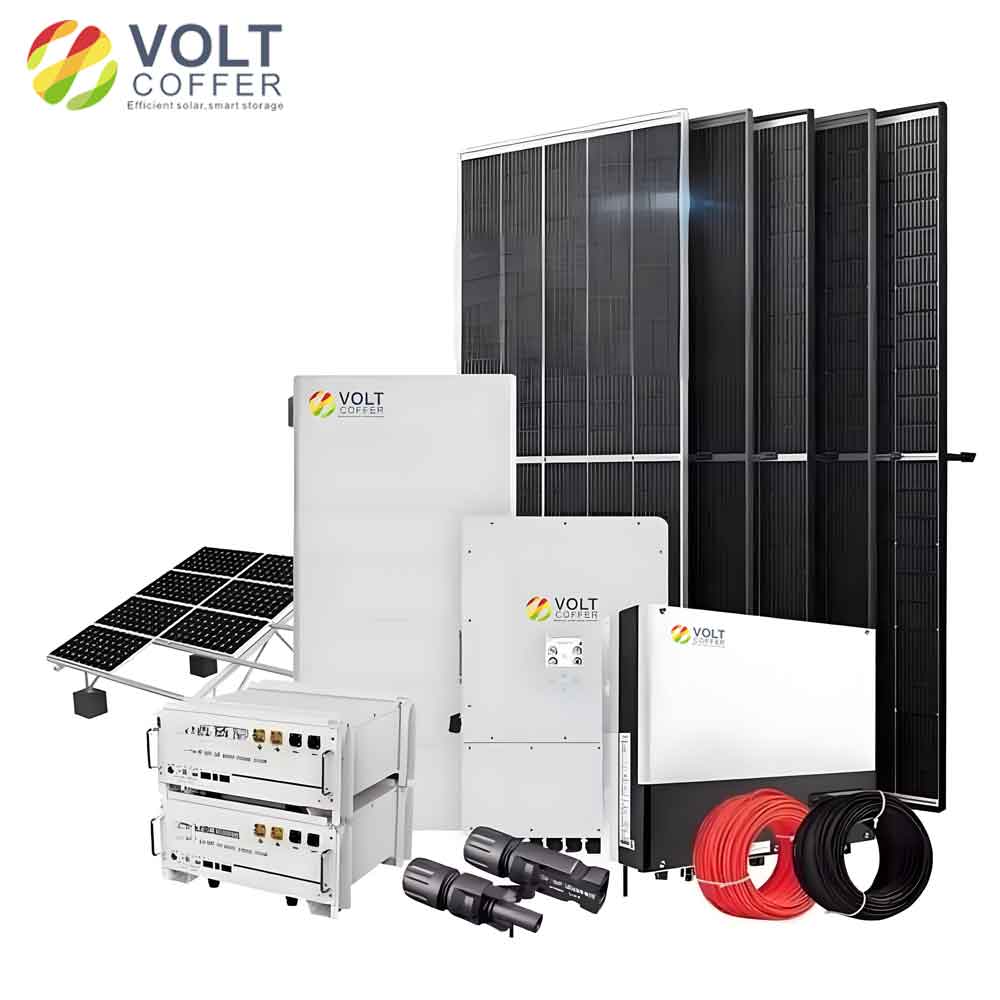The journey of home solar battery technology from a conceptual idea to a practical and widely adopted solution has been marked by significant advancements and innovations. This technology has transformed the way we think about and utilize energy in our homes, enabling greater energy independence, cost savings, and environmental benefits.
The Early Concepts
The concept of using solar energy dates back to ancient times when humans used sunlight for basic needs such as drying and heating. However, the idea of storing solar energy for later use emerged much later. The early 20th century saw the first significant developments in solar technology, with the invention of the photovoltaic cell in 1954 by Bell Labs. This invention laid the groundwork for modern solar panels.

Table 1: Key Milestones in the Evolution of Solar Technology
| Year | Milestone | Significance |
|---|---|---|
| 1839 | Discovery of the Photovoltaic Effect | Foundation for solar energy technology |
| 1954 | Invention of the Photovoltaic Cell by Bell Labs | First practical solar cell |
| 1970s | Solar Panels for Spacecraft | Use of solar panels in space missions |
| 1990s | Residential Solar Panels | Introduction of solar panels for home use |
| 2000s | Development of Solar Battery Storage Systems | Enhanced efficiency and energy storage solutions |
| 2010s | Advanced Lithium-Ion Batteries for Solar Storage | Improved storage capacity and lifespan |
| 2020s | Smart Home Integration and Grid-Tied Systems | Seamless integration with smart home technologies |
Development of Home Solar Battery Technology
The development of batteries has been crucial in the evolution of home solar technology. Early solar systems were limited by their inability to store energy, making them less effective during nighttime or cloudy days. The introduction of home solar battery storage systems addressed this limitation.
Lead-Acid Batteries
Lead-acid batteries were the first type of battery used in solar systems. They were cost-effective and reliable but had significant drawbacks, including a shorter lifespan and the need for regular maintenance. Despite these limitations, they played a critical role in the initial adoption of solar energy storage.
Nickel-Cadmium Batteries
Nickel-cadmium batteries offered a more durable solution with better performance in extreme temperatures. However, their toxicity and higher cost limited their widespread use in residential solar systems.
Lithium-Ion Batteries
The advent of lithium-ion batteries marked a significant leap forward. These batteries offered higher energy density, longer lifespan, and greater efficiency. Their ability to store more energy in a smaller space made them ideal for residential use. The development of lithium-ion batteries has been instrumental in the widespread adoption of home solar systems.
Flow Batteries
Flow batteries, while still emerging, offer promising potential due to their scalability and long lifespan. They are particularly suitable for larger installations and provide a flexible solution for energy storage.
Table 2: Comparison of Battery Technologies
| Battery Type | Advantages | Disadvantages |
|---|---|---|
| Lead-Acid | Cost-effective, Reliable | Shorter lifespan, Requires maintenance |
| Nickel-Cadmium | Durable, Performs well in extreme temperatures | Toxic, Expensive |
| Lithium-Ion | Long lifespan, High efficiency | Higher cost, Limited availability |
| Flow Batteries | Long lifespan, Scalability | Complex, High initial cost |
Integration with Smart Home Technologies
In the 2020s, the integration of home solar battery systems with smart home technologies has revolutionized home energy management. Smart inverters, advanced monitoring systems, and automated controls allow homeowners to optimize their energy usage, monitor their system’s performance in real-time, and make adjustments remotely. These innovations have made home solar systems more user-friendly and efficient.
Benefits of Smart Home Integration
- Energy Optimization: Smart systems can automatically adjust energy consumption based on real-time data, maximizing efficiency.
- Remote Monitoring and Control: Homeowners can monitor their energy system and make adjustments from anywhere using a smartphone or computer.
- Enhanced Grid Interaction: Smart systems can interact with the grid more effectively, selling excess energy back to the utility and drawing power during peak times to reduce costs.
- Predictive Maintenance: Advanced monitoring systems can predict potential issues before they become serious, reducing downtime and maintenance costs.
The Future of Home Solar Battery Technology
The future of home solar battery technology looks promising, with continuous advancements aimed at improving efficiency, reducing costs, and enhancing integration with other technologies. Emerging trends include the development of solid-state batteries, increased use of artificial intelligence for energy management, and further integration with electric vehicles.
Solid-State Batteries
Solid-state batteries, currently under development, promise to offer even greater energy density, safety, and longevity compared to traditional lithium-ion batteries. They have the potential to revolutionize energy storage by providing more efficient and durable solutions.
Artificial Intelligence and Machine Learning
AI and machine learning are being increasingly used to optimize energy management. These technologies can predict energy production and consumption patterns, allowing for more efficient use of stored energy and better interaction with the grid.
Electric Vehicle Integration
The integration of home solar battery systems with electric vehicles (EVs) is another exciting development. EVs can serve as an additional source of energy storage, providing flexibility and enhancing the overall efficiency of home energy systems.
Conclusion
From concept to reality, the evolution of home solar battery technology has been marked by remarkable innovations and advancements. These systems have transformed the way we harness and utilize solar energy, providing significant benefits in terms of energy independence, cost savings, and environmental impact. As technology continues to evolve, the future holds even greater promise for more efficient, cost-effective, and integrated home solar battery systems, driving us towards a more sustainable and energy-resilient future.
